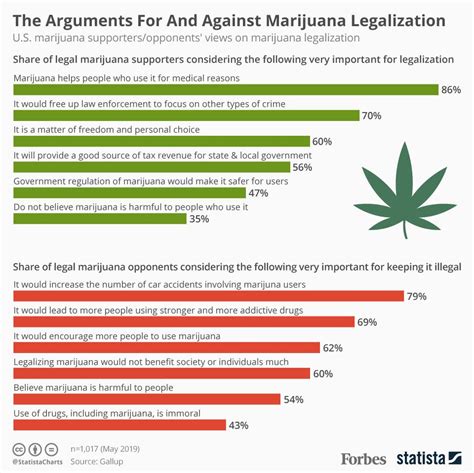Marijuana, also known as cannabis, weed, pot, or dope, is derived from the dried flowers, leaves, stems, and seeds of the cannabis plant. This plant contains over 100 compounds, including tetrahydrocannabinol (THC), which has impairing effects, and cannabidiol (CBD), which does not impair cognitive functions.
The use of marijuana can have significant and long-term effects on brain health, potentially causing a permanent IQ loss of up to 8 points, especially when used from a young age. This loss in IQ does not reverse, even after ceasing marijuana use. Additionally, studies have linked marijuana use to various mental health issues, including depression, anxiety, and suicidal planning.
Despite these risks, marijuana has been subject to liberalization policies in several U.S. states. Starting with state decriminalization in the 1970s and the adoption of medical access laws in the 1990s, the approach to marijuana regulation has evolved significantly. However, it remains a Schedule-I drug at the federal level in the United States. Public health professionals recommend leveraging decades of knowledge from other regulated substances like alcohol and tobacco in shaping marijuana policies.
Recent developments in marijuana policy have been highlighted by a statement from President Biden, announcing a pardon for all prior federal offenses of simple possession of marijuana. This represents a shift in the approach towards marijuana-related offenses.
The legalization of cannabis for recreational and medicinal purposes has led to the creation of a robust legal marijuana industry, employing between 165,000 to 230,000 workers in part-time or full-time roles. The taxation structure for this industry is still under debate, with a focus on retail sales taxes, while also considering duty-free medical marijuana across all states.
For further information on the public health concerns and the evolving policy landscape surrounding marijuana, the following resources offer detailed insights:
Centers for Disease Control and Prevention
PMC
White House Statement on Marijuana Reform
SAMHSA
Marijuana can be consumed in various ways, including smoking in joints or blunts, using bongs, or through edibles infused into foods and drinks.
